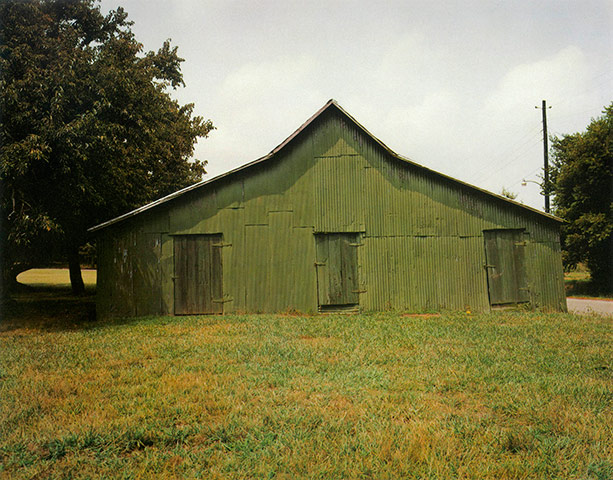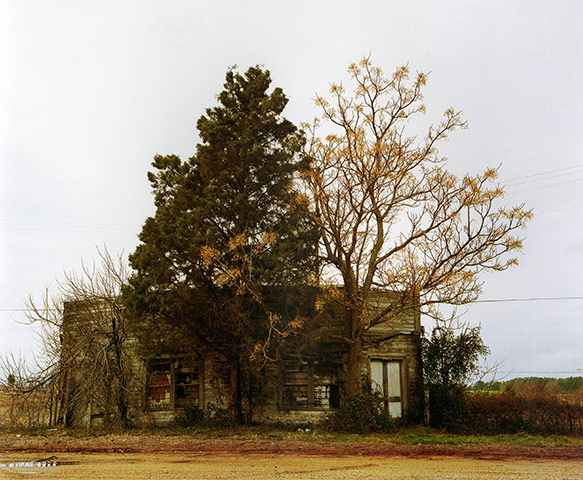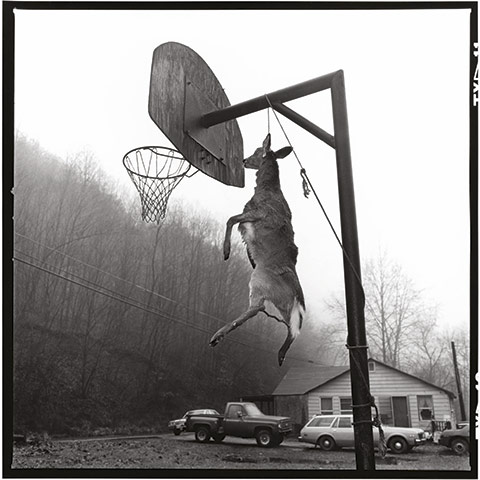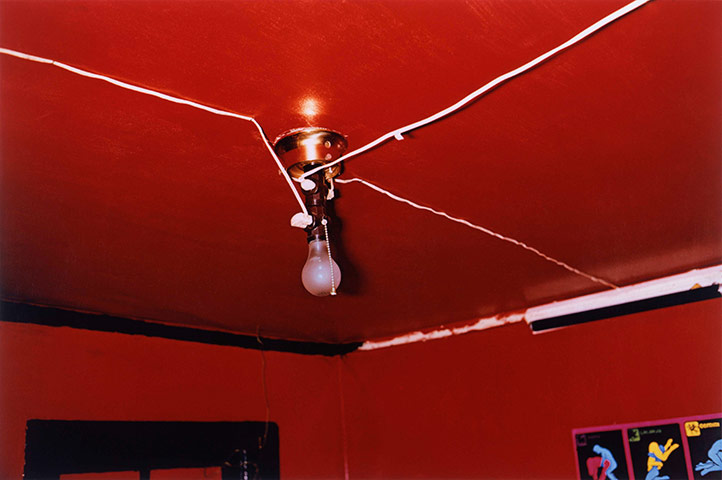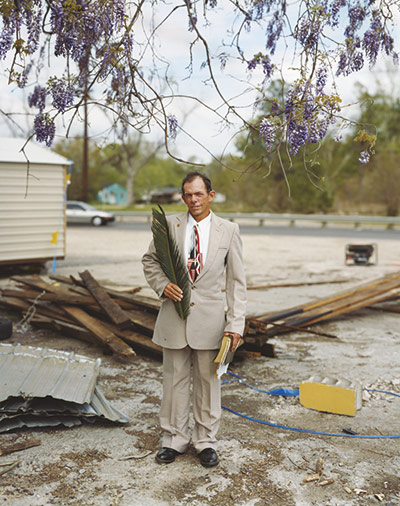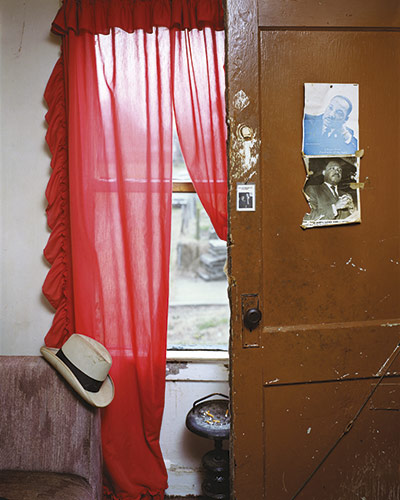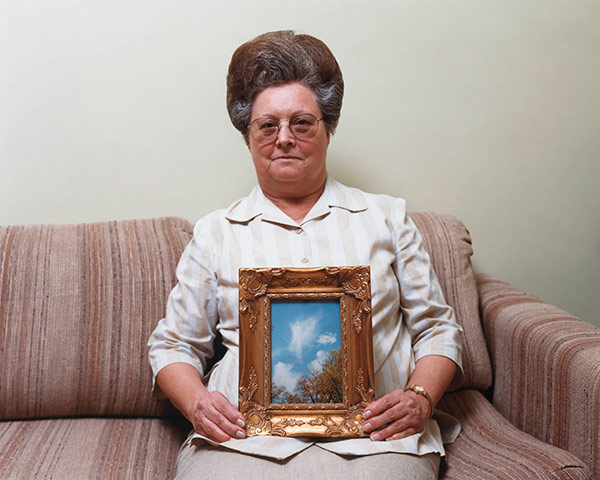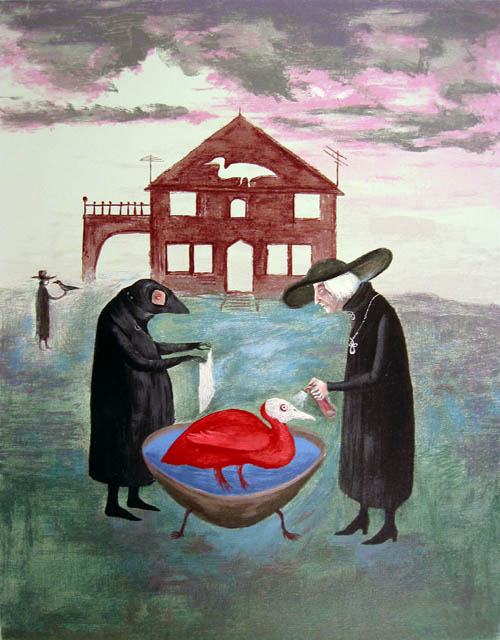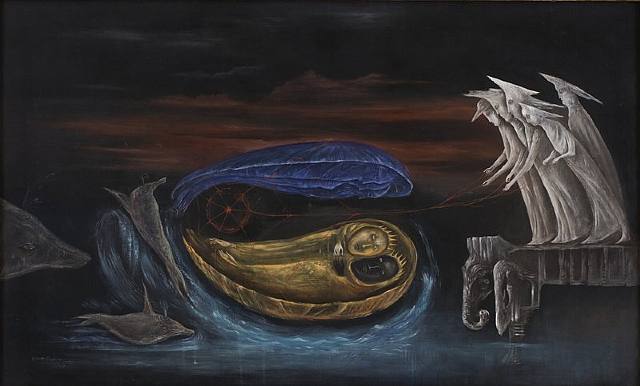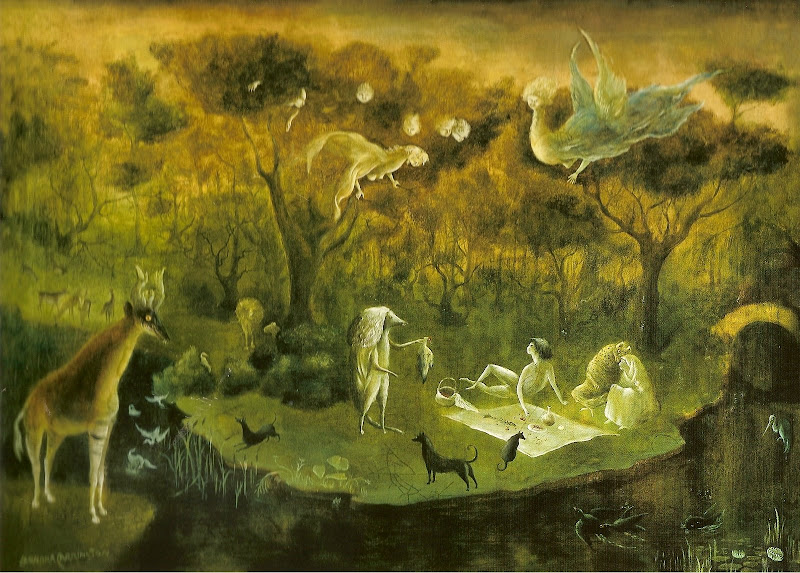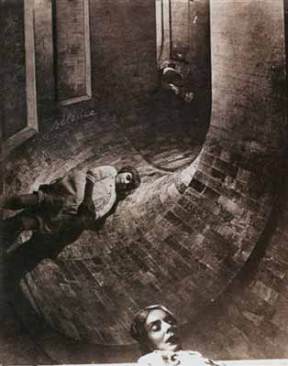I found an art/research blog Urban Qliphoth And The English Aghora that is concerned with exploring buildings such as ‘Psychiatric hospitals, military establishments, nuclear facilities, borstals… places of violent intent, institutions replete with memories of psychic illth. The term illth comes from Ruskin and has been employed by Robert Anton Wilson to describe “all the changes in the environment that are detrimental to humanity and/or to life itself. Weaponry, then, should be classed as illth, not wealth.” In other words buildings in which a vast amount of capital that has been invested in the pursuit of destruction and the retention of the diseased.’
I contacted the artist/researcher and talked to them about my Disciplinary Institutions project, as I thought there were convergences.
I was especially intererested in the concept of illth and researched it further.
In Ruskin’s words:
‘Wealth, therefore, is “The possession of the valuable by the valiant”; and in considering it as a power existing in a nation, the two elements, the value of the thing, and the valour of its possessor, must be estimated together. Whence it appears that many of the persons commonly considered wealthy, are in reality no more wealthy than the locks of their own strong boxes are, they being inherently and eternally incapable of wealth; and operating for the nation, in an economical point of view, either as pools of dead water, and eddies in a stream (which, so long as the stream flows, are useless, or serve only to drown people, but may become of importance in a state of stagnation should the stream dry); or else, as dams in a river, of which the ultimate service depends not on the dam, but the miller; or else, as mere accidental stays and impediments, acting not as wealth, but (for we ought to have a correspondent term) as “illth”, causing various devastation and trouble around them in all directions; or lastly, act not at all, but are merely animated conditions of delay, (no use being possible of anything they have until they are dead,) in which last condition they are nevertheless often useful as delays, and “impedimenta” ‘ (Unto this Last, 1860)
It seems the concept of illth for Ruskin is purely economic, a way of determinating whether economical productivity is correlated with social benefits or not. If economical productivity results in social benefits, then it is ‘wealth’. If on on the contrary, economical productivity creates social regression, then it is ‘illth’.



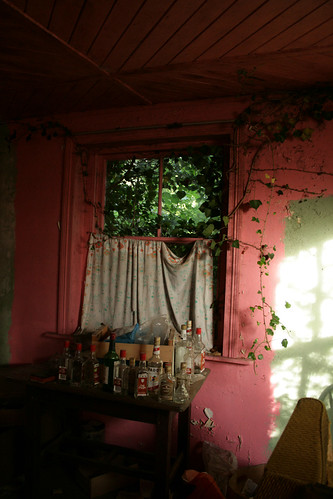
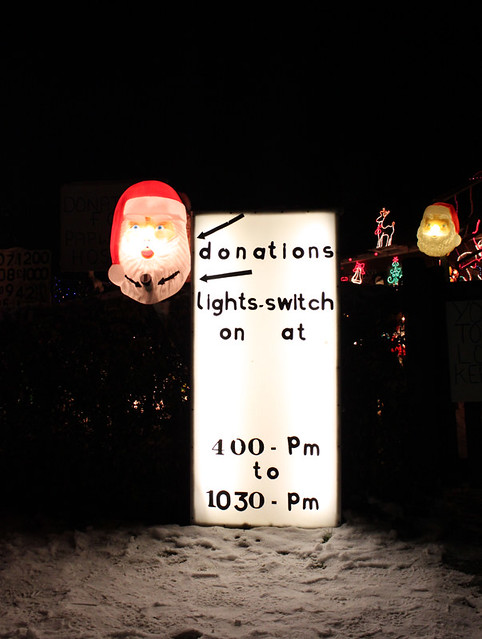
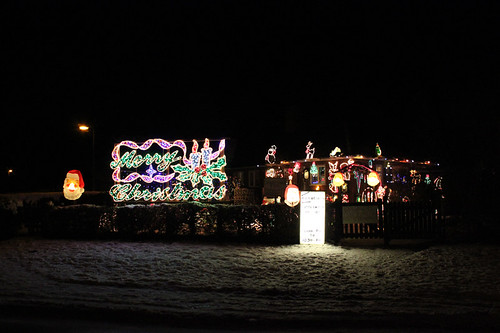

![Walker Evans, untitled, [Genesee Valley Gorge] n.d](http://aok.lib.umbc.edu/img/evans01-s.jpg)
